A Dory is a fish in the Zeidae family. People also refer to some other fish in the taxonomic order Zeidae as “dories.” However, the Zeidae family contains the “true” dories. The best-known species is the John Dory, for this reason we will focus primarily on that species. Read on to learn about the Dory.
Description of the Dory
This species has something of a unique appearance. It has a laterally compressed body, with a tall, narrow body. Its dorsal and pectoral fins have relatively elongated shapes, and its dorsal fin has long spines.
The largest individuals reach up to 2 ft. long and weigh up to 12 lbs.!
Interesting Facts About the Dory
This interesting looking fish has a number of equally interesting adaptations and traits.
- Eyespot – When you look at this fish, you see a single dark spot in the middle of their flank. This spot, also known as an eyespot, has multiple functions. They use it to confuse prey, and to intimidate potential predators.
- What’s in a Name? – People are unsure where this fish got its name. Some speculate that the common name comes from an old song. People also refer to this species as Peter’s fish or St. Pierre.
- Suction Function – Because of its odd shape, this fish cannot swim very well. It does not chase down its prey. Instead, it slowly stalks small fish, and snaps its jaws open when it moves within range. This motion creates a tube of suction that draws in the prey.
Habitat of the Dory
These fish prefer demersal habitats, which has it spending its time foraging along the bottom of the sea floor. It lives primarily in shallow coastal regions with warmer waters, but it ranges into waters as much as 1,200 ft. deep.
Distribution of the Dory
You can find this fish along the coasts of several different continents. It ranges from the coast of Norway in Europe down to the Mediterranean Sea. From there, its range extends around the coast of Africa into the Indian Ocean. You can also find them along the coast of Australia, and eastern Asia.
Diet of the Dory
This species has carnivorous feeding habits. It uses camouflage to stalk its prey, and its eye spots to confuse and disorient so it can easily engulf small fish and other aquatic creatures. When it snaps its jaws open, it creates a strong suction that sucks in its prey. Some common food items include small fish, squid, cuttlefish, and more.
Dory and Human Interaction
People in some regions catch this fish for food, both recreationally and commercially. In addition to its meat, people use this species in the production of fish oil and fish meal. Some people also keep this species as a pet in their home aquariums.
In some areas, the commercially fisheries have caused population decline in certain regions. However, the overall population has stable numbers. However, the IUCN has not fully researched the numbers of this species and lists them as Data Deficient.
Domestication
Humans have not domesticated this species in any way.
Does the Dory Make a Good Pet
Some people do keep this species in their home aquariums. However, they reach relatively large sizes. For this reason, you must have an impressively large tank to house them.
Dory Care
Some people keep this species in home aquariums, and some recreational aquariums also house these fish. They keep the fish in large tanks, and graduate them to larger habitats as they grow. Additionally, they keep them with fish of similar size, as this predatory species can and will eat fish smaller enough to fit in its mouth.
Behavior of the Dory
This slow-moving species cruises along the sea floor in search of prey. It moves slowly, using its mottling as camouflage. Its eye spots work to confuse its prey, giving the fish time to snap up its meal. The eye spots also function as a defense against predators, which become confused by what seems like a much larger fish.
Reproduction of the Dory
Adults begin breeding when they reach about four years of age. They reproduce via spawning, where the females release their eggs and the males release their sperm into the water. The fertilized eggs drift freely in the water. Females produce a variable number of eggs depending on their size.


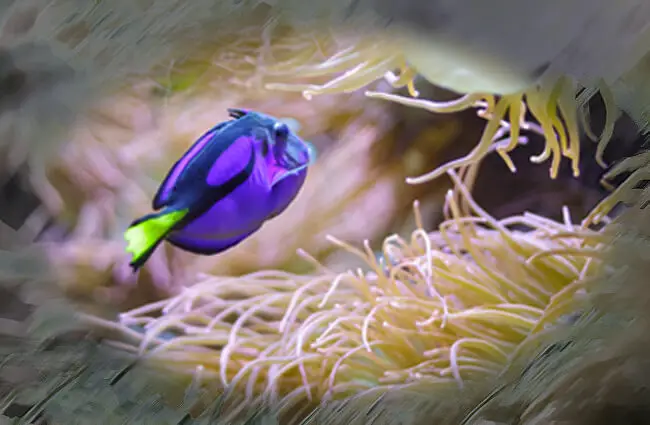
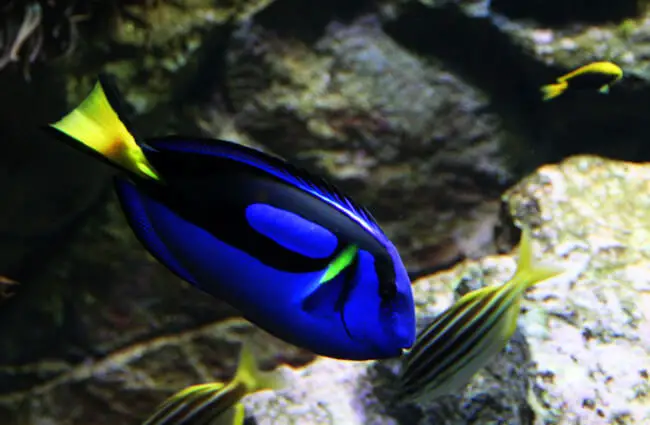

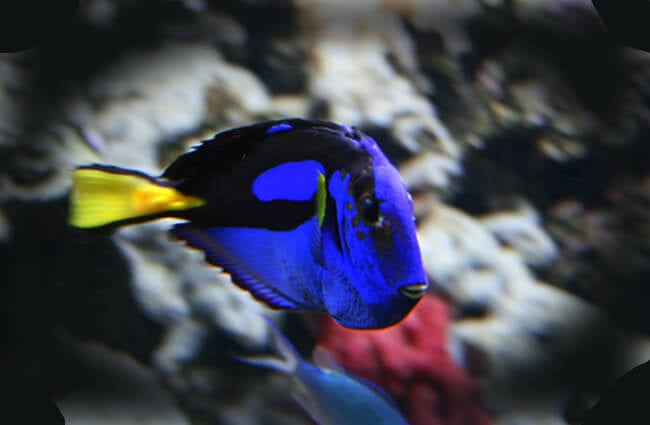
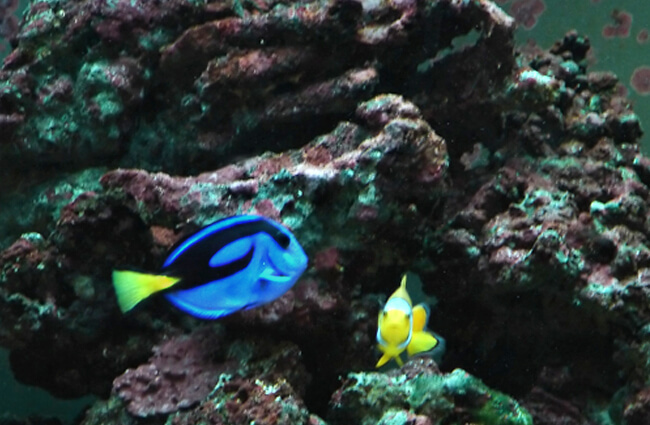
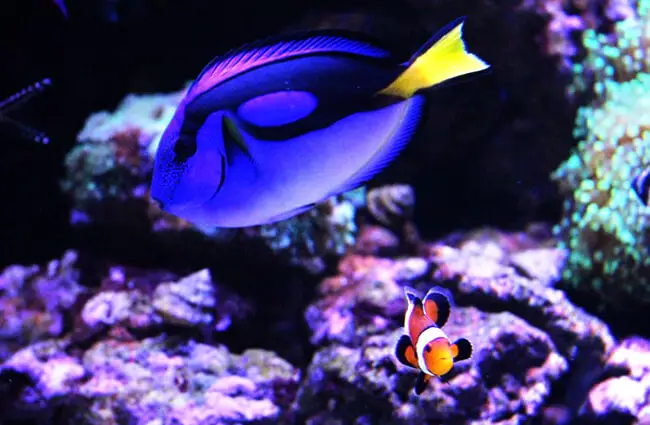
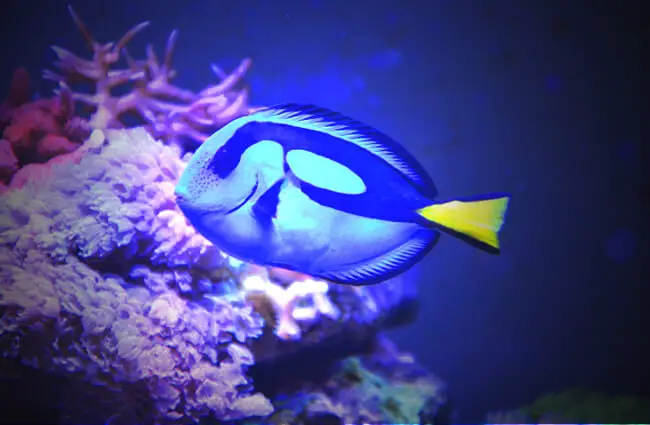
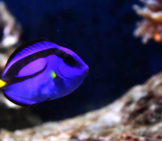

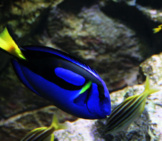
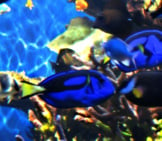
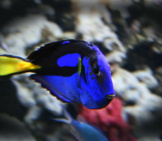
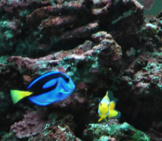
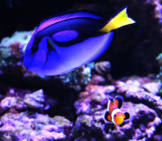
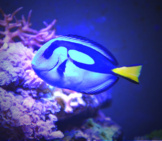
![Red Angus Closeup of a beautiful Red Angus cowPhoto by: U.S. Department of Agriculture [pubic domain]https://creativecommons.org/licenses/by/2.0/](https://animals.net/wp-content/uploads/2020/03/Red-Angus-4-238x178.jpg)












![Red Angus Closeup of a beautiful Red Angus cowPhoto by: U.S. Department of Agriculture [pubic domain]https://creativecommons.org/licenses/by/2.0/](https://animals.net/wp-content/uploads/2020/03/Red-Angus-4-100x75.jpg)

